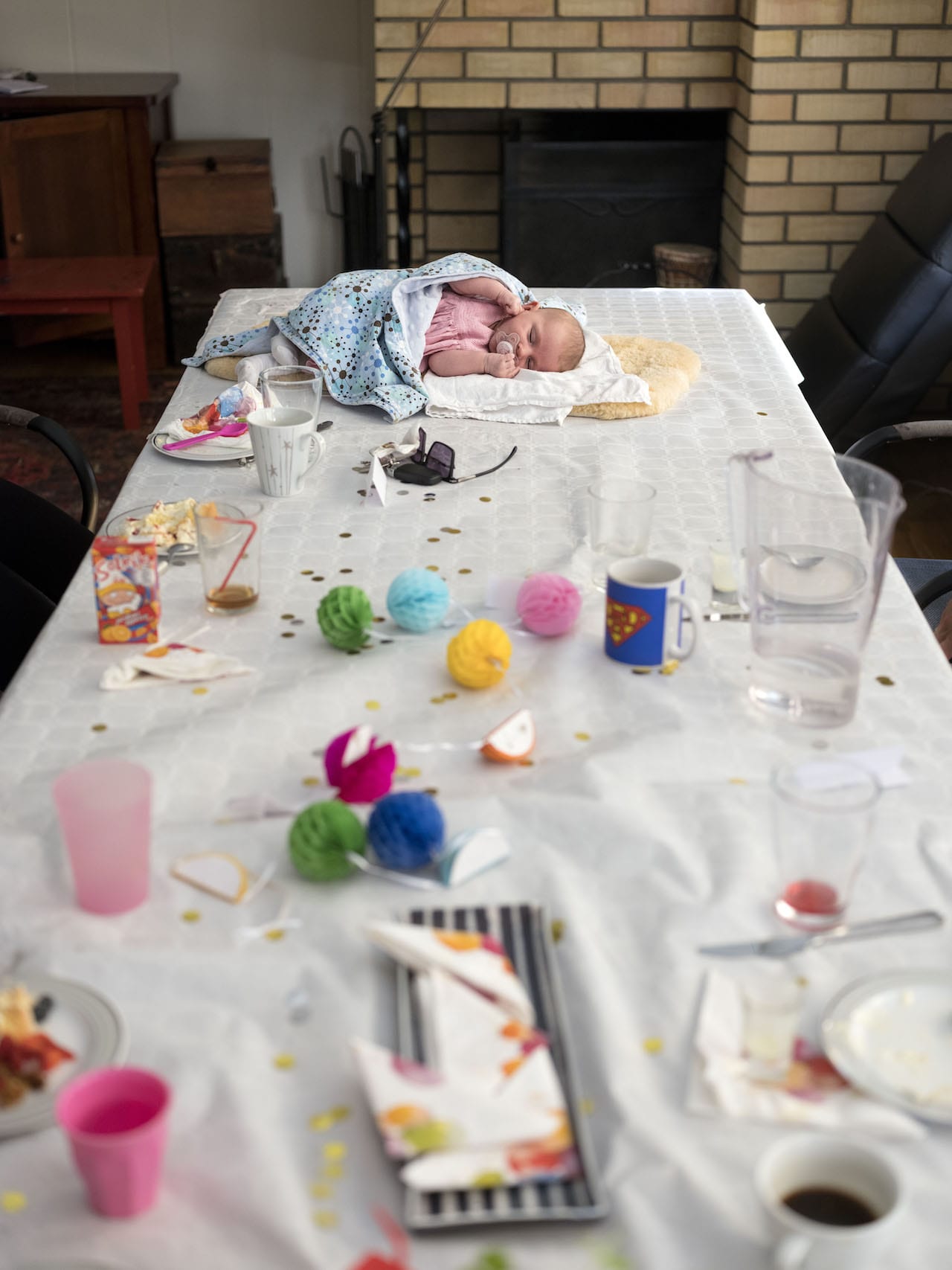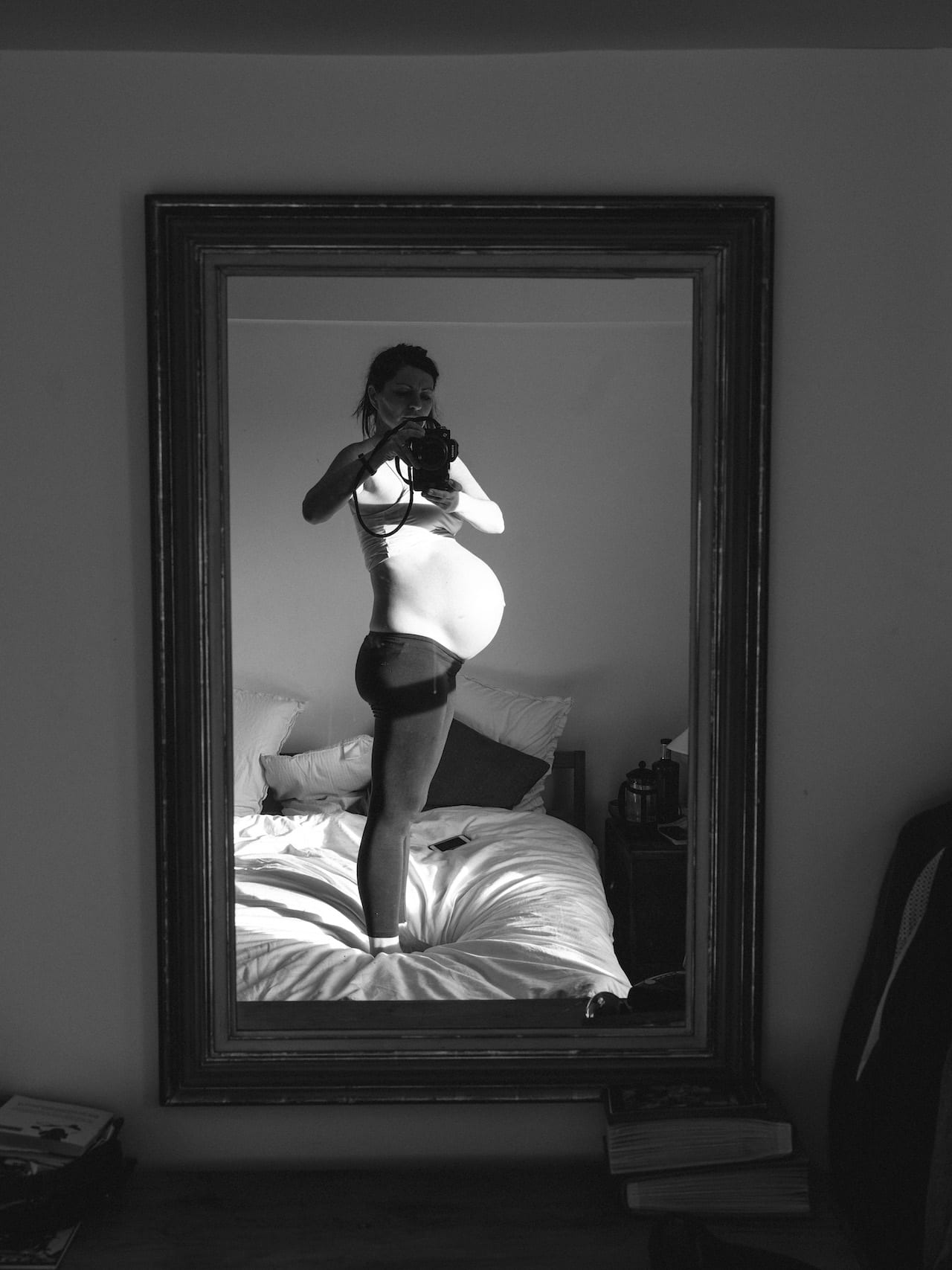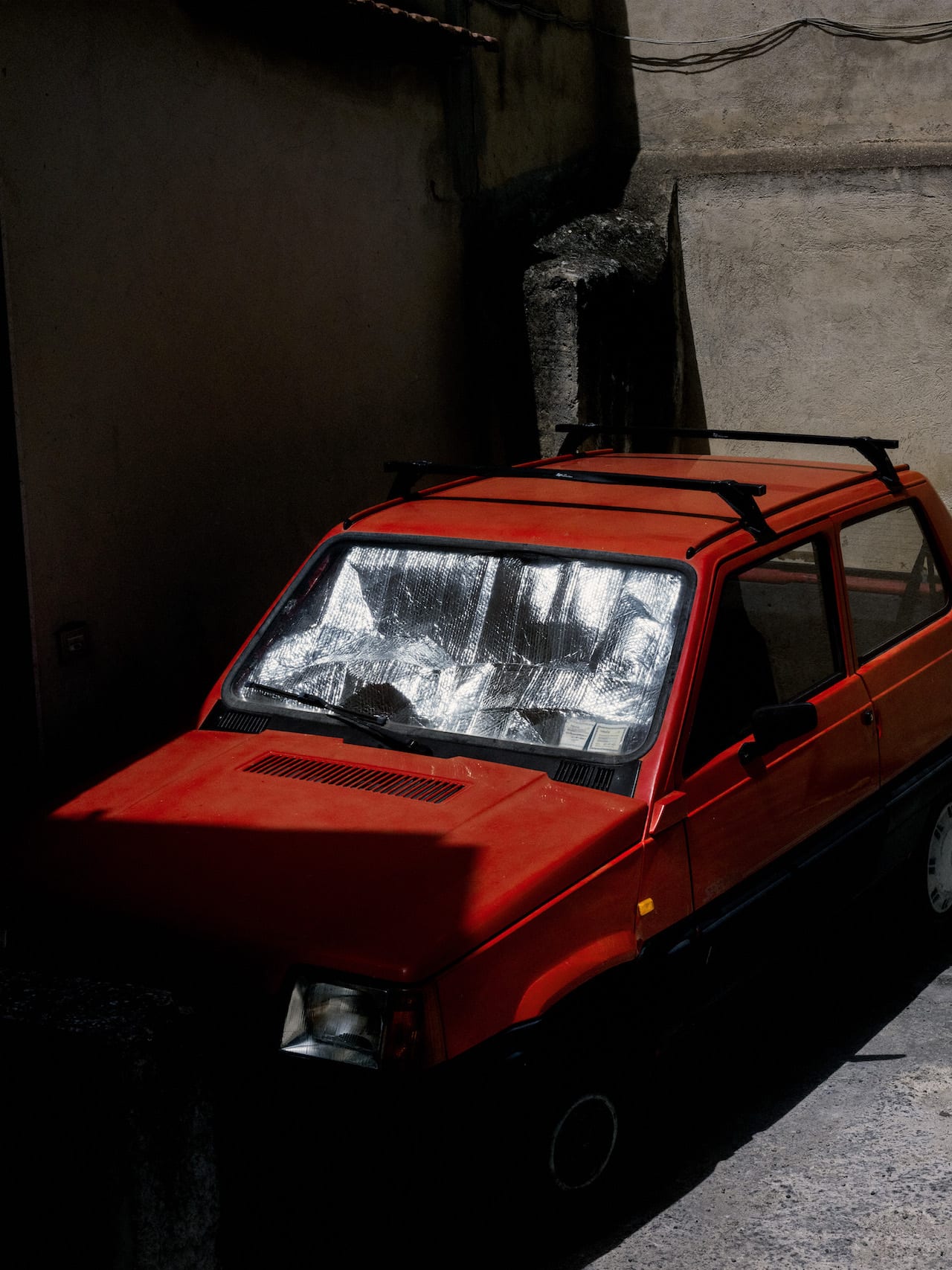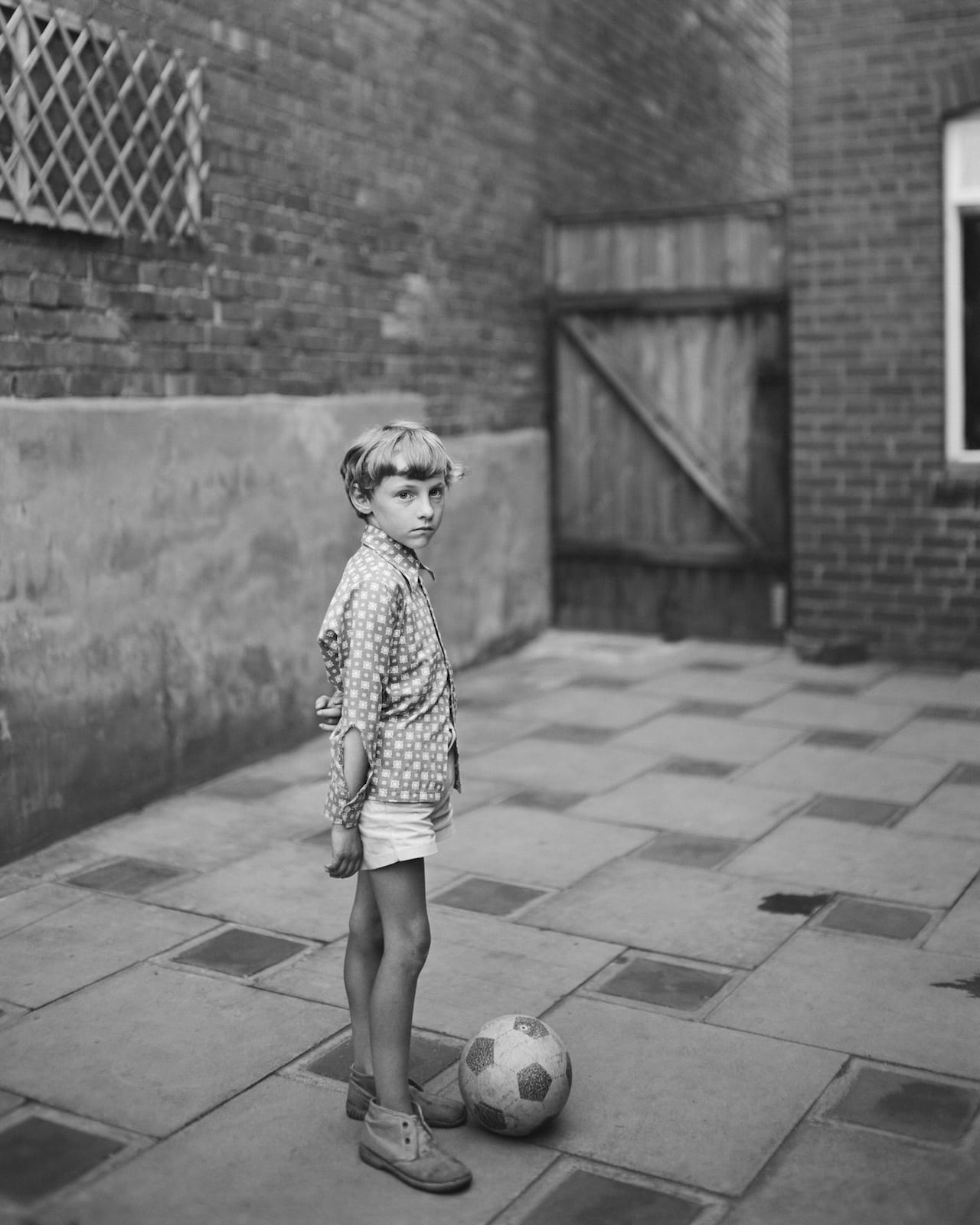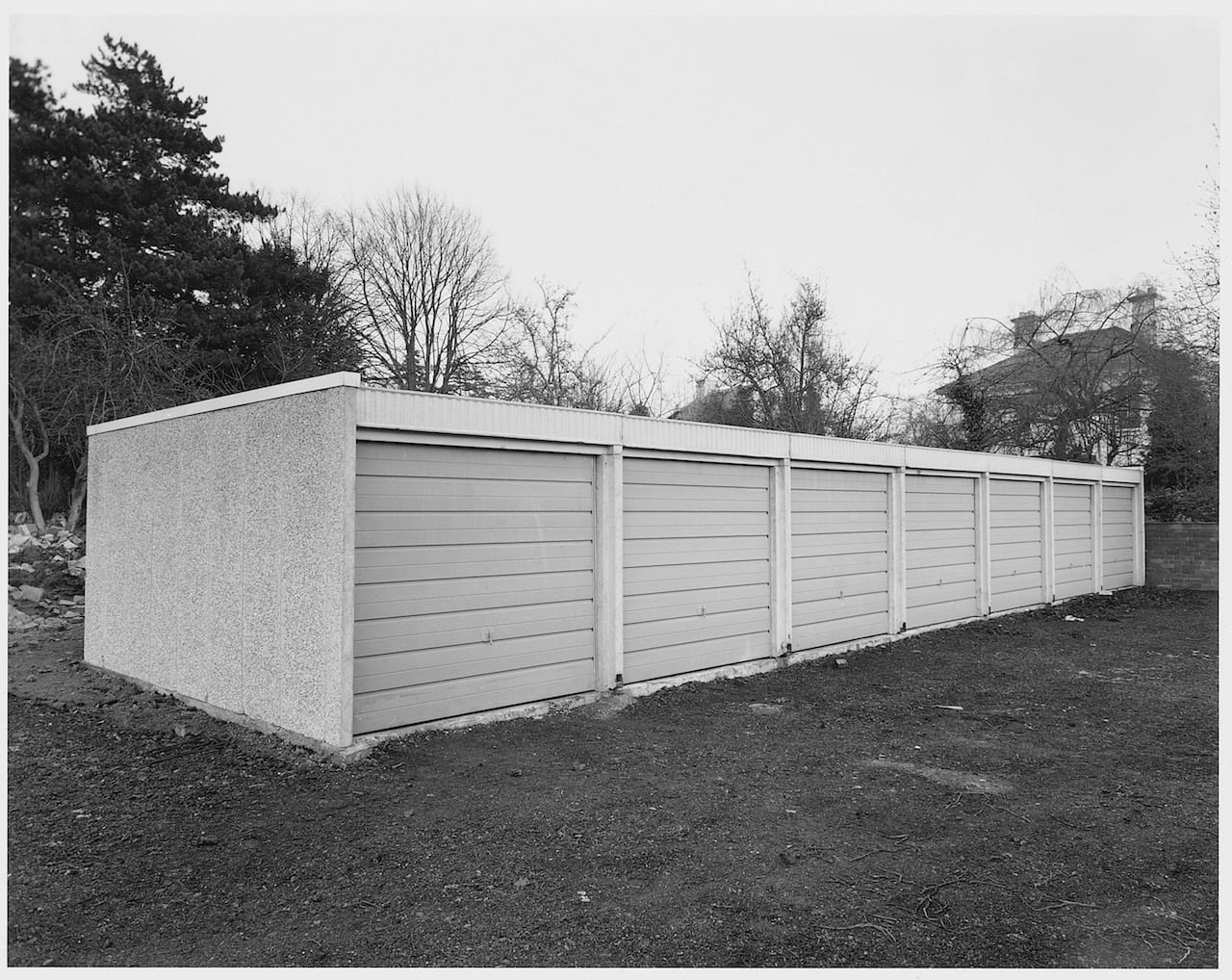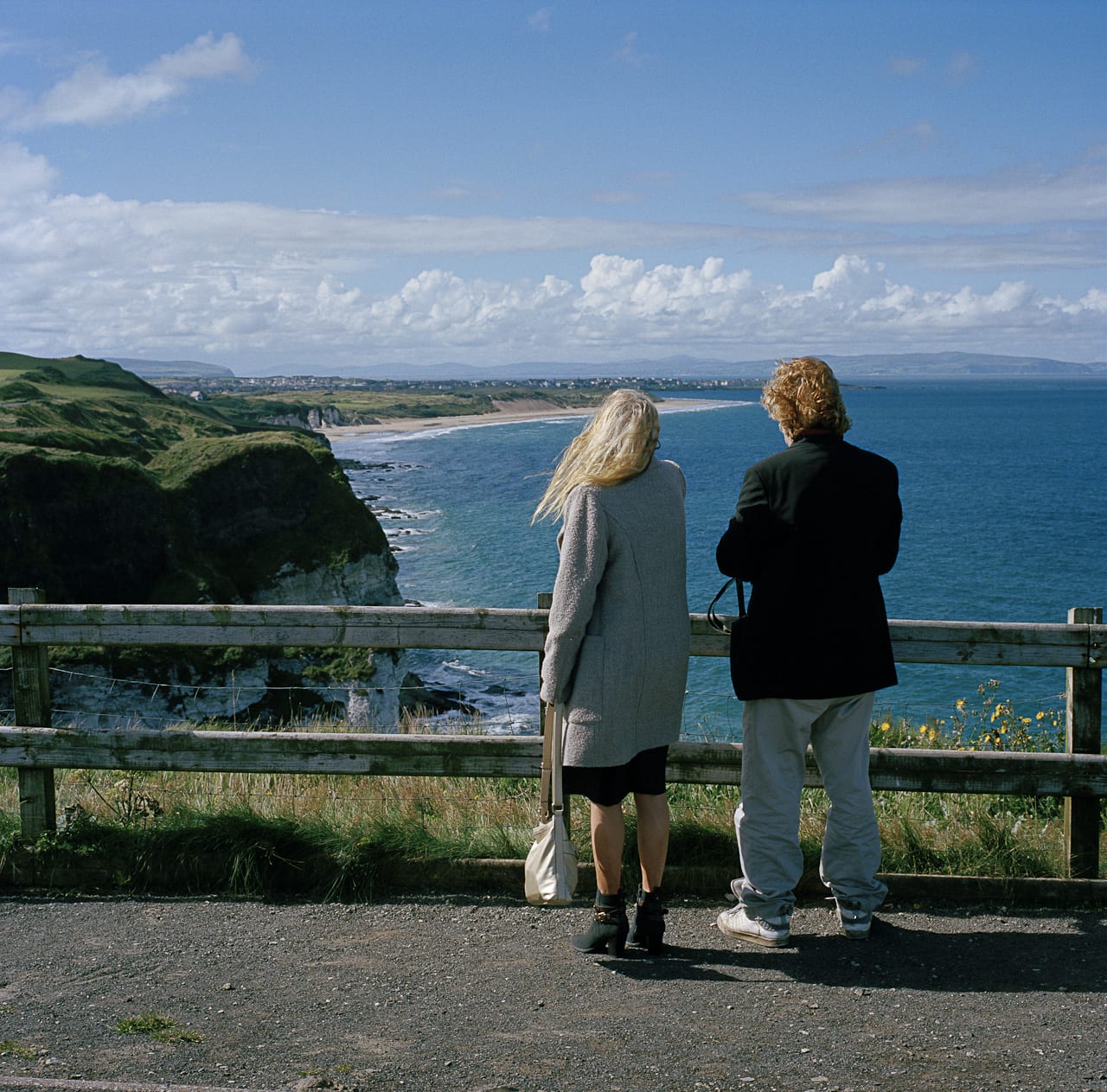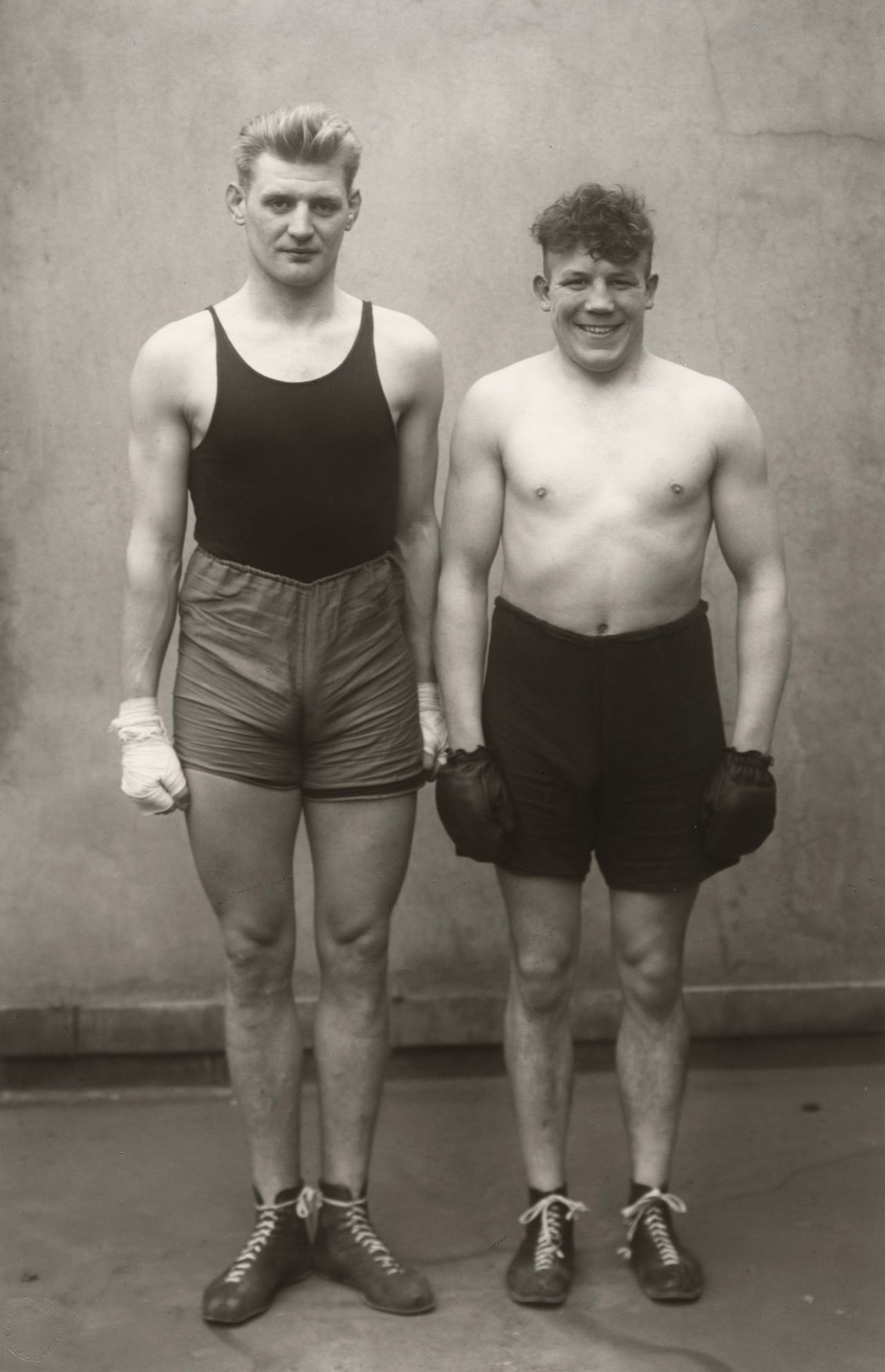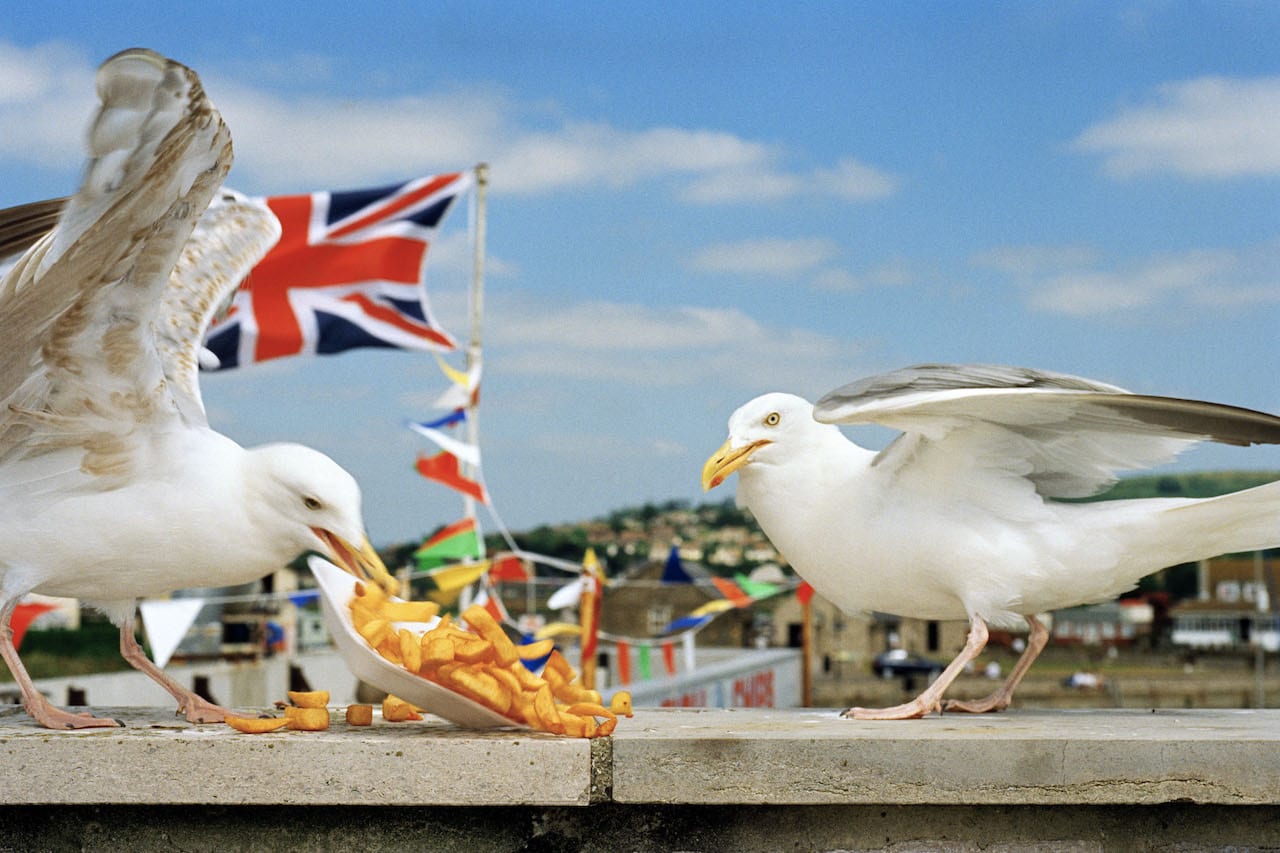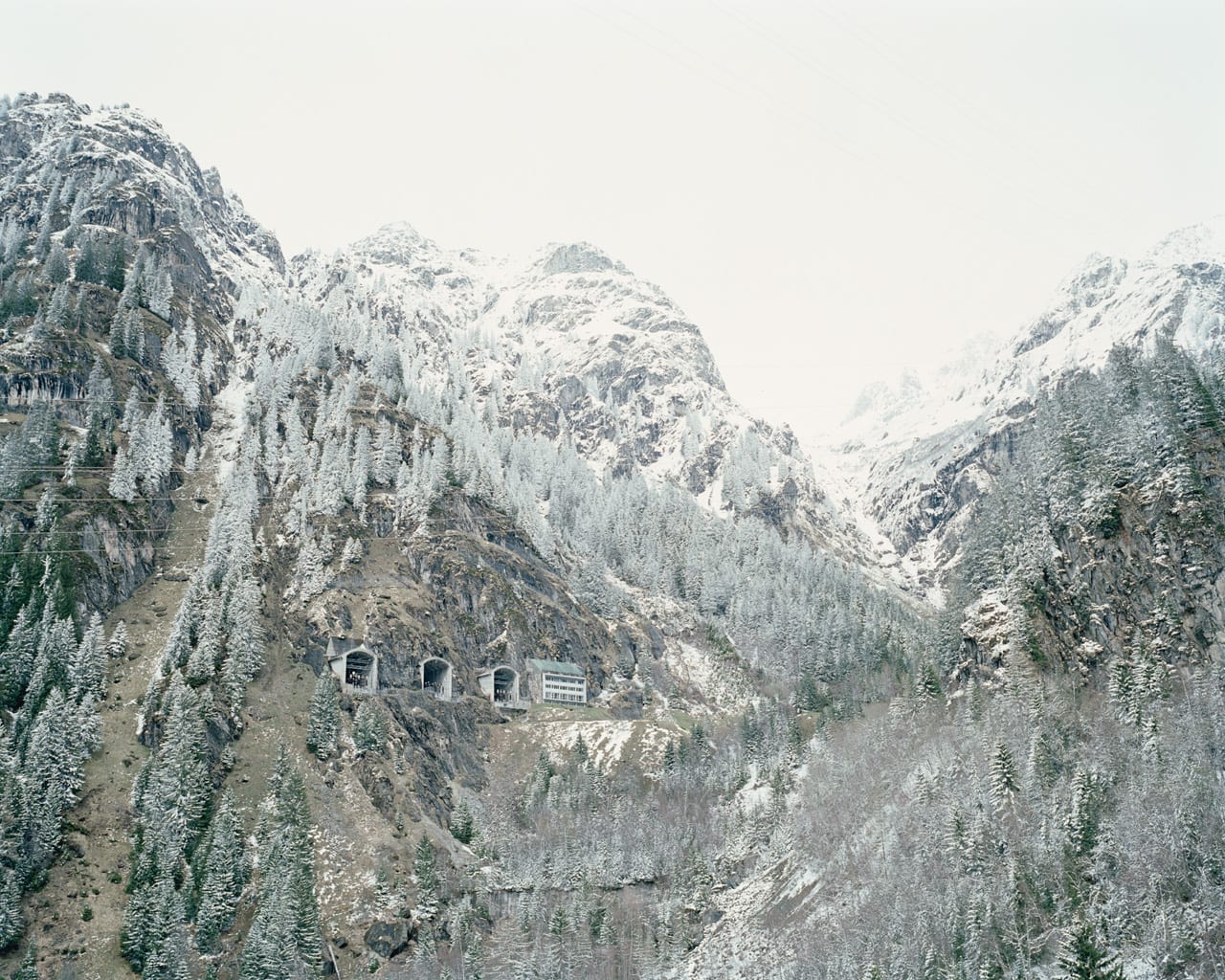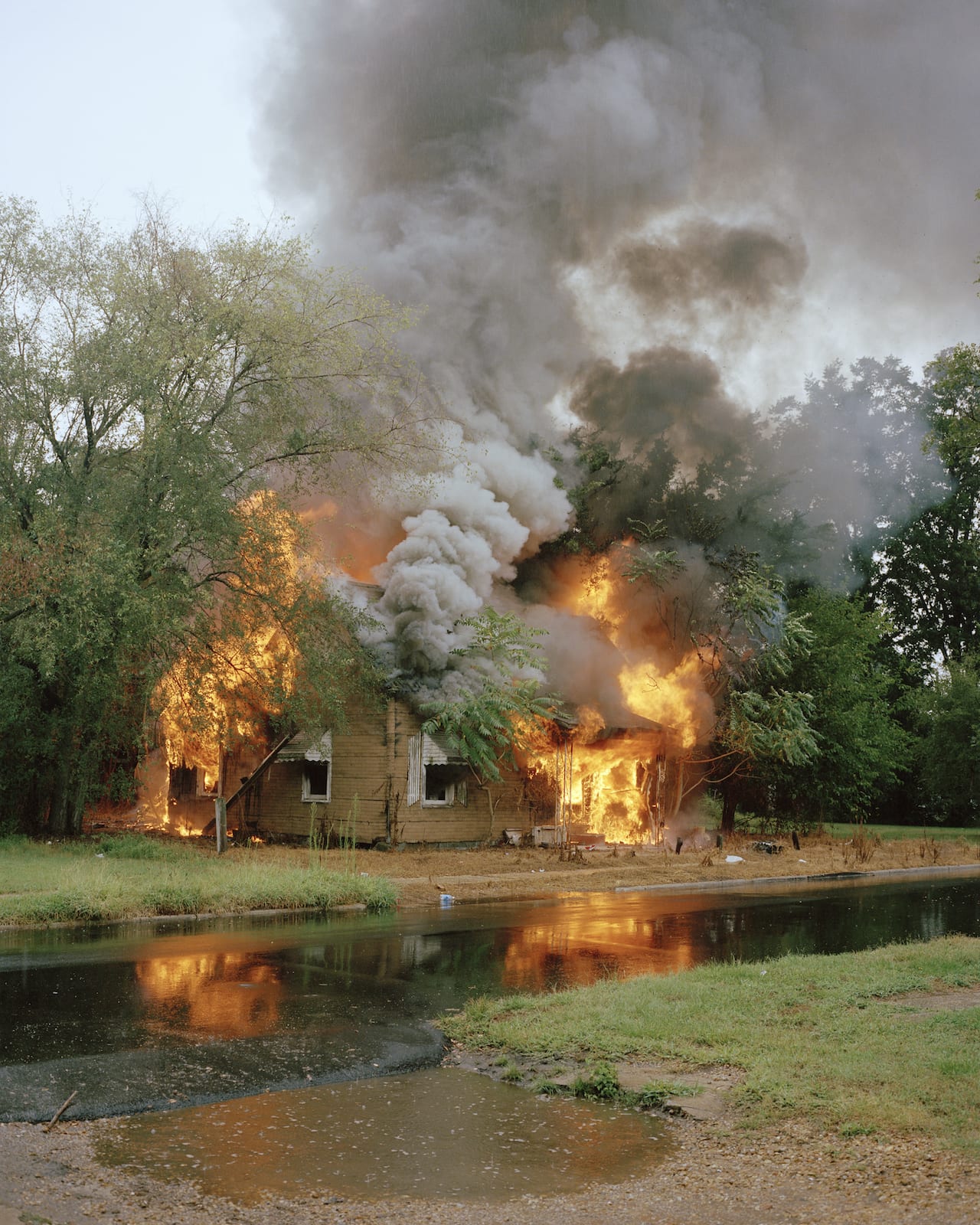“I wonder what it will be like looking at them in twenty years,” write Magnum photographer Jonas Bendiksen of his contribution to the HOME group project. “This time capsule from when Anna and I were young, and the kids were just two bundles of limitless potential.” Born in 1977, Bendiksen is still young enough to be adding to his family, and shot his contribution to HOME last summer, “when Bille arrived and Boe went from being our little baby to being a big sister”. It’s a time he’ll never forget, he says, though it revolved around the simple things in life – playing, eating, being at home. “That’s what life was about at the time, so it seemed a bizarrely appropriate reason to photograph these events,” he says.
